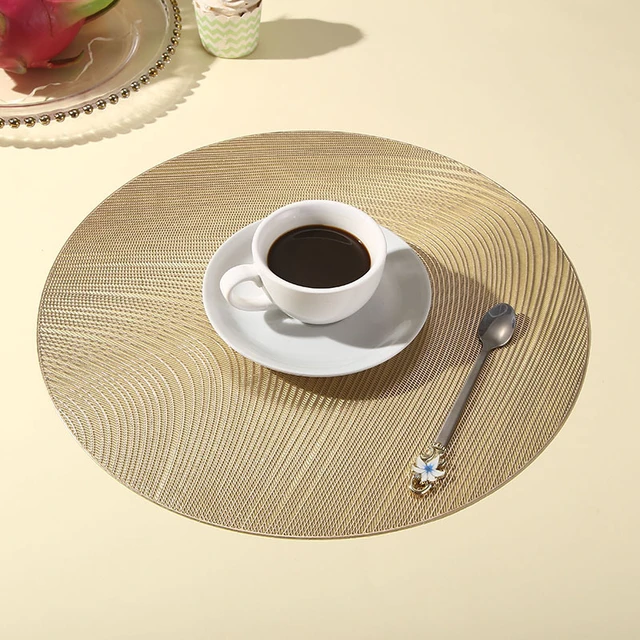The Buzz on Top News Sites
The Buzz on Top News Sites
Blog Article
What Does Unique Art Do?
Table of ContentsRumored Buzz on Unique ArtSome Known Questions About Unique Art.4 Simple Techniques For Unique ArtGetting The Unique Art To Work
While one may question which art form holds precedence, the reality remains that each of these 7 kinds provides a distinct home window into human history, society, and development. They are the tapestries that chronicle our journey, advising us of our past while inspiring visions for the future.Wonderful artwork informs a story, makes people look two times, and produces an unique experience that can not be matched. Art and pictures interact every one of that with color, form and various other style components. Discover exactly how to make your one-of-a-kind art work stand out from the crowd.
3 Emil DervishIn this entryway by Emil Dervish that stunning cobalt blue door takes the show. To bring much more drama, he extended the paint. to the doorframe and the wall surface up, completing in an arched form. The curves, along with a spherical sconce, soften the sides - Unique Art. Frameworks classic posters and maps of cherished areas set the scene.
8 TRIA GIOVANEqual parts grand and laidback, this entrance hall developed by Anthony Baratta is the best plan to follow if you're decorating a formal entryway that still feels unfussy and comfortable. Patterned textiles take spotlight (see the rugs and the sofa), but they also help bring the high ceilings to a human scale when hung over wallpaper.
The Greatest Guide To Unique Art
18 Heidi Caillier DesignA gallery wall doesn't require to take up the entire area. Actually, occasionally a tiny one can make a larger design statement. In this living area, Hiedi Caillier selected micro-mini structures and an arbitrary composition. Ad - Continue Reading Below19 Stephen Kent JohnsonDesigner Juan Carretero went with a deep eco-friendly paint color to contrast with the light wood coatings.
, the expression of concepts and emotions, with the production of specific visual top qualities, in a two-dimensional visual language. The components of this languageits shapes, lines, colours, tones, and texturesare utilized in various means to create experiences of quantity, area, motion, and light on a level surface area. These elements are incorporated right into meaningful patterns in order to represent actual or superordinary phenomena, to analyze a narrative style, or to develop wholly abstract aesthetic connections.
Later the idea of go to this site the "great artist" developed in Asia and Renaissance Europe. Prominent painters were paid for the social status of scholars and courtiers; they authorized their work, chose its design and commonly its subject and imagery, and developed an extra personalif not always amicablerelationship with their clients. During the 19th century painters in Western societies began to shed their social setting and safe and secure patronage.
The Basic Principles Of Unique Art
Others gained an income with exploring exhibitions of their job. The requirement to appeal to a marketplace had replaced the comparable (if less impersonal) demands of patronage, and its effect on the art itself was most likely similar. Generally, musicians in the 20th century could get to an audience only via business galleries and public galleries, although their work may have been periodically recreated in art regulars
For the history of painting in ancient Egypt, see Egyptian art and design. The growth of paint in different areas is dealt with in read this post here a variety of short articles: Western painting; African art; Central Eastern arts; Chinese painting; Islamic arts; Japanese art; Oriental art; Indigenous American art; Nautical art and style; South Oriental arts; Southeast Asian arts. For a conversation of the bogus of works of art, see bogus. For a conversation of the duty of paint and other arts in religious beliefs, along with of using religious symbols in art, see religious meaning and iconography. For info on other arts associated with paint, see short articles such as drawing; individual art; printmaking. , also when a paint's narrative symbolism is unknown.
Don't replicate the design of other musicians if you're looking for your style. Copying various other people's art work can be terrific in academic purposes however it will not make you closer to finding your own special style. Your artistic style needs to be, what you like and what motivates you.
The 25-Second Trick For Unique Art
You need to try great deals of various alternatives and check out everything prior to you can concentrate on one certain design or you'll be bored, or even worse, you'll despise your very own design. I suggest you to try every solitary subject that you're interested in, check out as much as you can. Attempt various tools that delight you and new strategies you've never tried prior to.
With time you'll have the ability to arrange all of them right into your preferred and least preferred groups. Try to concentrate your focus on the subjects and tools that you like and before you see it coming you'll have your very own individual and one-of-a-kind design, like no one else have! In the end you'll have a few favorite subjects to paint and possibly a few favored mediums.

Report this page